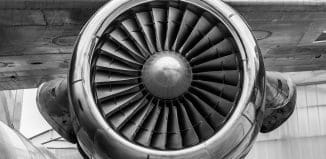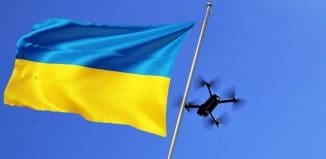Drones That Save Lives – Proven Success
This post is also available in:  עברית (Hebrew)
עברית (Hebrew)
A report published by drone manufacturer DJI reflects the fact that drones can save lives. The report says that at least 65 people have been rescued using drone technology worldwide. The data covers incidents across five continents, including the search and rescue of stranded mountain climbers, the use of drones to drop inflatables to struggling swimmers, and spotting unconscious survivors with thermal imaging cameras.
The report highlights the importance of thermal imaging technology and its increased adoption by first responders. In the past year, thermal imaging cameras attached to drones have saved the lives of at least 15 victims who were hidden from the view of emergency teams by darkness or obstacles. As search and rescue teams and firefighters continue to embrace drones equipped with thermal cameras, that number is expected to rise in the coming years.
The report stresses the importance of flexible regulations that allow emergency teams to make the most of the technology. “Drones cannot be used widely for lifesaving work unless laws and regulations allow and encourage it.” Currently, regulations in many countries forbid beyond line of sight flight and operations at night. Systems are not yet in place to grant waivers to those laws reliably and in real time, leaving first responders to rely on exemptions from the rules rather than the ability to operate within them.
DJI also said that the nature of the drone industry means there is a direct link between the evolution of consumer drones and the equipment being developed for first responders.
Because of that, the report says, “if regulatory policies limit the availability of drones to the general public, then public safety agencies will be less likely to benefit from the innovative technology, economies of scale, and competitive pricing created by a healthy market for consumer drones.”
Authorities are happier to grant companies the permission to fly drones at sea over oil rigs or wind turbines, for example, but are less comfortable with filling the skies in built-up and heavily populated areas. Meanwhile, geofencing is designed to prevent drones flying near airports, prisons, or sensitive installations, according to internetofbusiness.com.





























